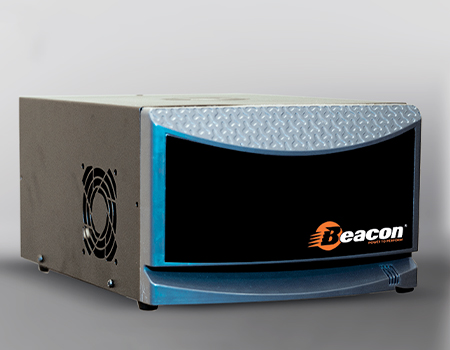Inverter & UPS

Inverter & UPS
We know how important power is for living in today's world, and we also know how to deliver it just right. We have power backup for home and offer dependable, uninterrupted power, keeping you comfortable and connected, always. Today virtually all household appliances and other major electrical fixtures and equipment can be run by an Inverter, reports Power Inverters. In the event of a power shutdown, an inverter is extremely useful as an emergency backup power unit, and if optimally charged, you will still be able to use your computer, TV, lights, power tools, kitchen appliances, and other electrical conveniences. Of course, this will also depend on the type of inverter used, specifically, the one designed or recommended for powering a combination of high energy-consuming appliances, fixtures, and equipment.
At Flare Electronics, we provide you with the best Inverters and UPS in kerala from Beacon and our own custom brand Flare Inverters. We also provide care-taker services of inverters from all major brands.
What is Inverter?
Inverters are power electronic devices. The main purpose of this device is to convert DC to AC. In inverters, the AC power supply is taken from AC mains and converted into DC by a rectifier. This converted DC charges a battery. As the industrial and household systems work on AC power, the DC from the battery is converted into AC by the inverter. During the power cut, the inverter receives supply from the battery and provides power supply to the electrical equipment. These systems are used in the household to get the power supply after a blackout of electricity. For the working of Inverters, no external power supply is needed.



What is UPS?
An uninterruptible power supply or uninterruptible power source (UPS) is an electrical apparatus that provides emergency power to a load when the input power source or mains power fails. A UPS differs from an auxiliary or emergency power system or standby generator in that it will provide near-instantaneous protection from input power interruptions, by supplying energy stored in batteries, supercapacitors, or flywheels. The on-battery run-time of most uninterruptible power sources is relatively short (only a few minutes) but sufficient to start a standby power source or properly shut down the protected equipment. It is a type of continual power system.
Key Differences Between Inverter and UPS
1) Use Case & Backup Time
If you don’t have power cuts often, you can use a UPS to safeguard your computer from any major hardware failure. The switch to UPS is almost instant, and this doesn’t shut down your computer. UPS typically offers a backup of around 30 minutes or so. The switching of UPS from the mains supply to the battery is immediate, whereas the Inverter takes more than UPS. For computers, the switching time of the inverter is more than it can handle, and it will usually reboot due to the interrupted supply. Thus, UPS is preferred for PC and Inverters for homes as lightbulbs will not care about the switching delay. UPS can provide backup for your devices for around 15 minutes, whereas an Inverter can provide backup for hours depending on its capacity. The inverter allows you to power the complete house depending on the capacity. So if your area has a more extended power cut, you can use it at least keep a couple of lights and a fan running.
2) Maintenance & Lifespan
UPS is maintenance-free. Inverters need more wiring and need to be filled with distilled water at regular intervals. However, I have noticed that some of the advanced versions of inverters have freed consumers from distilled water maintenance. The disadvantage of UPS is that the battery is continuously being charged and discharged even when there’s no power cut. Because of this, the battery will wear out 4-5 times quicker than the inverter battery.
3) Price
Compared to Inverters, UPS is cheaper. There are different types of UPS and inverters available, and they are available at competing prices. The factors to look into when buying them includes backup time, capacity, charging time, power requirement, crating (quantity of charge in a fully charged cell), and warranties.
Sale & Services provided for all branded Inverters, UPS, CCTV & Automation Products






